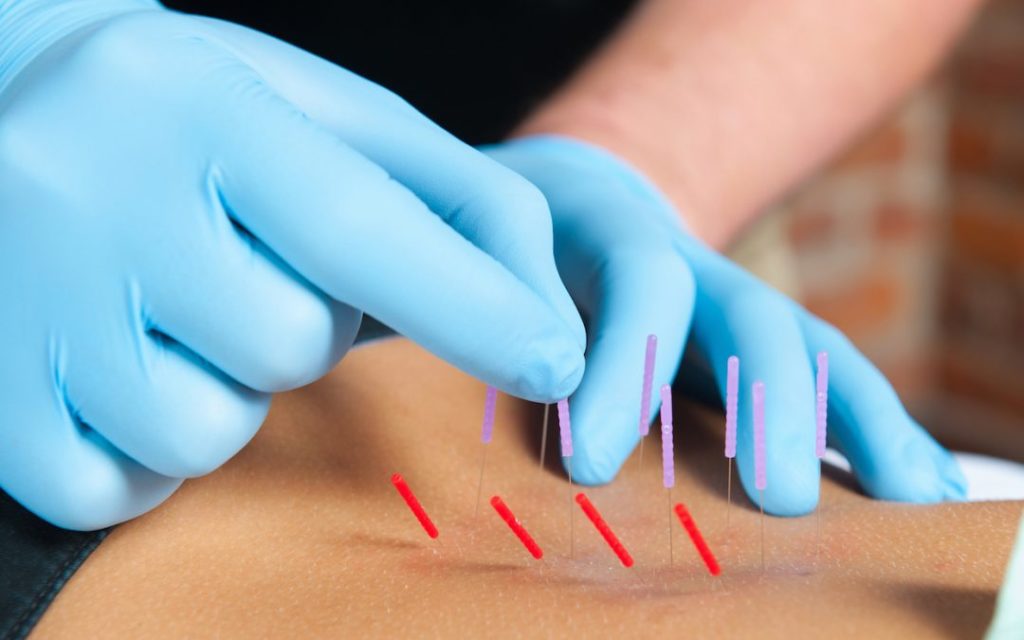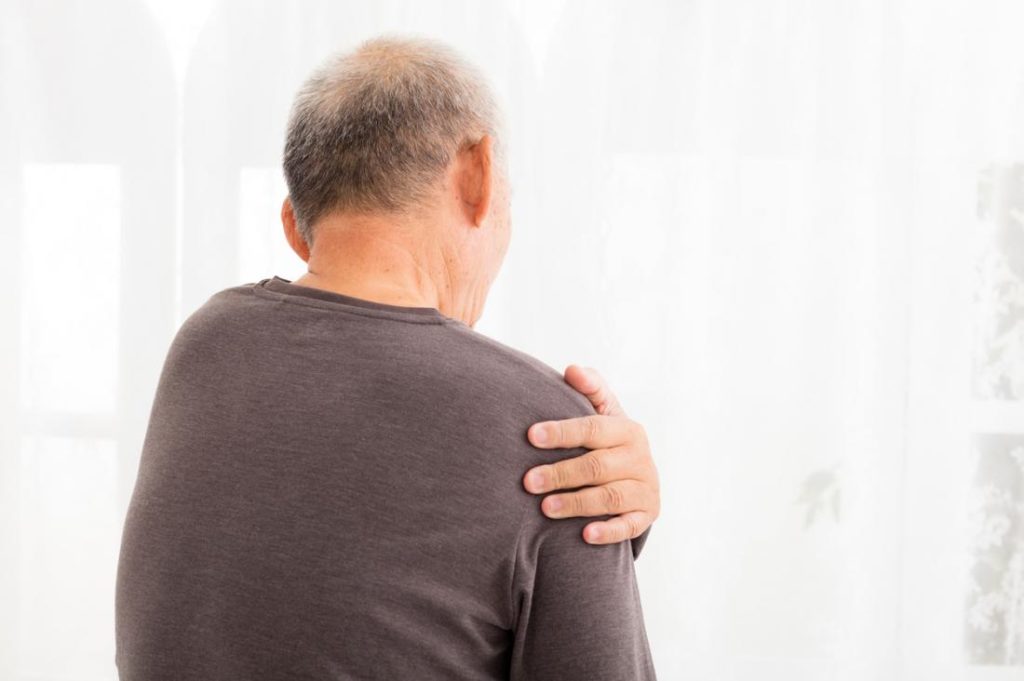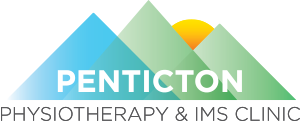

What is Intramuscular Stimulation (IMS)?
You may have noticed the abbreviation ‘IMS’ in our business title, or have been advised to try it by a friend or family member. This may be a term that you are unfamiliar with, or have heard about but aren’t too sure what it is. This article will help to explain what it is, what it does, and if it’s something that can help you feel better (the good news is, it very likely can!).
Intramuscular Stimulation (commonly known as ‘IMS’ or ‘Dry Needling’) is a well-researched technique that uses small acupuncture needles to relax tight, painful muscles. It was developed in the 1970’s in Vancouver, BC, by Dr. Gunn, and has become a mainstay in pain and disability management in modern therapy all over the world.
In British Columbia, only a qualified physiotherapist may perform the IMS technique.
Why use IMS?
Before we get into what the IMS is doing, it’s important to understand why we are using it. You may have noticed certain parts of your body can become achy, painful or tight. Quite often, this can happen without any incident that seems to be the cause of your problem. It may be the problem has been around for months or years, or comes and goes, but never seems to resolve itself. This is often because of ‘Trigger Points’, which are tight, dysfunctional knots of muscle that can cause stiffness, weakness, and pain all over your body. They often accumulate over time and are associated with prolonged sitting, poor posture, and traumatic injury.
Want to know what a trigger point feels like? If take your hand and squeeze the muscle between your neck and your shoulder (your upper trapezius, see photo), it’ll probably feel quite tender, and possibly even cause a bit of a headache in your temple or side of the head. What you’re pressing on is a trigger point, and there’s a very good chance these are the cause of your problem.



What specific conditions can it help with?
- Low back pain
- Neck pain
- Degeneration of joints
- Osteoarthritis
- Rotator cuff tears or irritations
- Plantar fasciitis
- Tennis & Golfer’s elbow
- Patellofemoral pain & knee pain
- Recovery from ankle sprains
- Trochanteric bursitis
- Whiplash after a car accident
- Headaches and migraines
- Shoulder dislocations
- Postural problems
- Slipped or bulging discs
- Sciatica
- Tendonitis
- Repetitive strain injuries
- Carpal tunnel syndrome
- Fibromyalgia
- Achilles tendonitis
- Iliotibial band syndrome
- Shin splints
- Frozen shoulder
- Temporomandibular (TMJ)/ jaw pain and conditions
- Recovery of movement after surgery or a broken bone
So how does IMS work?
First of all, your physiotherapist completes a full assessment of you, and then identifies if you have any trigger points in your muscles. If he or she determines you are a good candidate for this treatment, they will then insert the needle into your tight muscle/ trigger point. As the needle enters the muscle and hits the tight trigger point, it causes what’s called a ‘twitch reflex’; you feel your muscle contracting and ‘twitching’. This is the magic of the IMS, and what relaxes you muscles. The physiotherapist may decide to gently move the needle backwards and forwards to elicit more twitches, or let it sit there for a few minutes to help it relax. We can even run a small, gentle electrical current through the needle to help the muscle relax further.
Here are the main reasons you feel better afterwards:
- The tight muscle is now relaxed, and so you feel less pain from it pulling on your bones and joints.
- When the muscle relaxes, it can work better and become stronger. This is an important one; if a muscle is tight, it physically cannot do its job, and this can lead to weakness and compensations elsewhere in your body. When we relax it, it is in a better state to do its job and work more efficiently.
- Lab studies have shown that the ‘Twitch Reflex’ clears out pain-enducing chemicals which accumulate in trigger points.
- Tight muscles can cause a lack of blood flow to that area (called ischemia). When we relax them, the blood flow increases, which aids the healing process.
Is there anyone this treatment is not for?
IMS is a fantastic treatment for pain, dysfunction and tightness for the vast majority of people. However, there are a minority of people who IMS may not be a good fit for.
The following sub-population can NOT receive IMS:
- If you have an ACTIVE oncology problem (i.e. you currently have cancer; cancer survivors CAN receive treatment in the majority of cases).
- You have a severe fear of needles.
- You do not have the cognition to understand what is happening and why we are completing the treatment (i.e. if the patient has dementia, or is very young).
- We do not perform IMS/Dry Needling on you while you are pregnant, for safety issues.
- You have an uncontrolled autoimmune condition (if your condition is well controlled, this is not a problem).
- If you have very severe or poorly controlled osteoporosis or osteopenia (OP), we may not perform the treatment, or may alter our technique. If you have mild to moderate OP, there is NO contraindication to IMS.
- Following surgery, we must wait 3 months before needling directly around the surgical area; for any adjacent areas that connect to the surgical area, we must wait 6 weeks.
If you do not have any of these conditions, then you are good to go!
If you are unsure, please call us and ask to speak to a physiotherapist first.
FAQ's
There is no age limit to this treatment! It is a very safe treatment for children, teens and also for seniors. The only reason we would not perform the treatment is if the patient is too young to understand what is happening, or if they suffer from any cognitive impairment (i.e. they suffer from dementia etc.)
It is a common misconception that IMS is terribly painful or difficult to tolerate. IMS can be a treatment that some people feel some mild discomfort during, and possibly afterwards. You often do not feel the needle go in, but quite often feel the ‘twitch’ of the muscle, which can feel a little strange or uncomfortable. Some people may be a little ‘needle sore’ for roughly a day or so afterwards. This is 100% normal and nothing bad has happened! Quite often, our patient’s* original pain has lessened or gone away* immediately, and is replaced with a mild discomfort from the needle. They always report rather having this minor tenderness than the pain they had before they came in.
In a word, no. They are better described as distant cousins. While the two techniques use the same needle, the differences are vast. IMS is a western treatment that involves looking at dysfunction movement and pain patterns, and relaxes muscles by provoking a twitch reflex in the muscle. Acupuncture is an Eastern technique which works on pre-determined acupuncture points throughout the body and activates your body’s yin and yang energy systems. The effect the needle has during both treatments is quite different.
If your plan covers physiotherapy, then it covers IMS. IMS is one tool that our physiotherapists have at their disposal to help your pain, but it just one treatment your physio can offer. You do not need to inform your provider you are receiving IMS, only that you had a physiotherapy appointment.
You do not need a doctor’s referral for IMS! The only time you need a doctors referral for physiotherapy in BC is if you have a WorkSafe BC or ICBC Claim. * However, your insurance plan may require that you have a doctor’s referral for any coverage, so it is always good to check with them ahead of time.
Easily! Please call +12504931152 to call our clinic and speak with one of our physiotherapists, or if you would like to make an appointment. You can also send us a message with the form below, or book online by selecting the “book online” button below, or at the top of the page.

